The Best Bushcraft Gear and Tools List for Survivalists
If you’re headed into the great outdoors for an indeterminate period of time, it pays to be prepared. Once you get away from civilization you’ll have to rely solely on what you’ve brought with you.
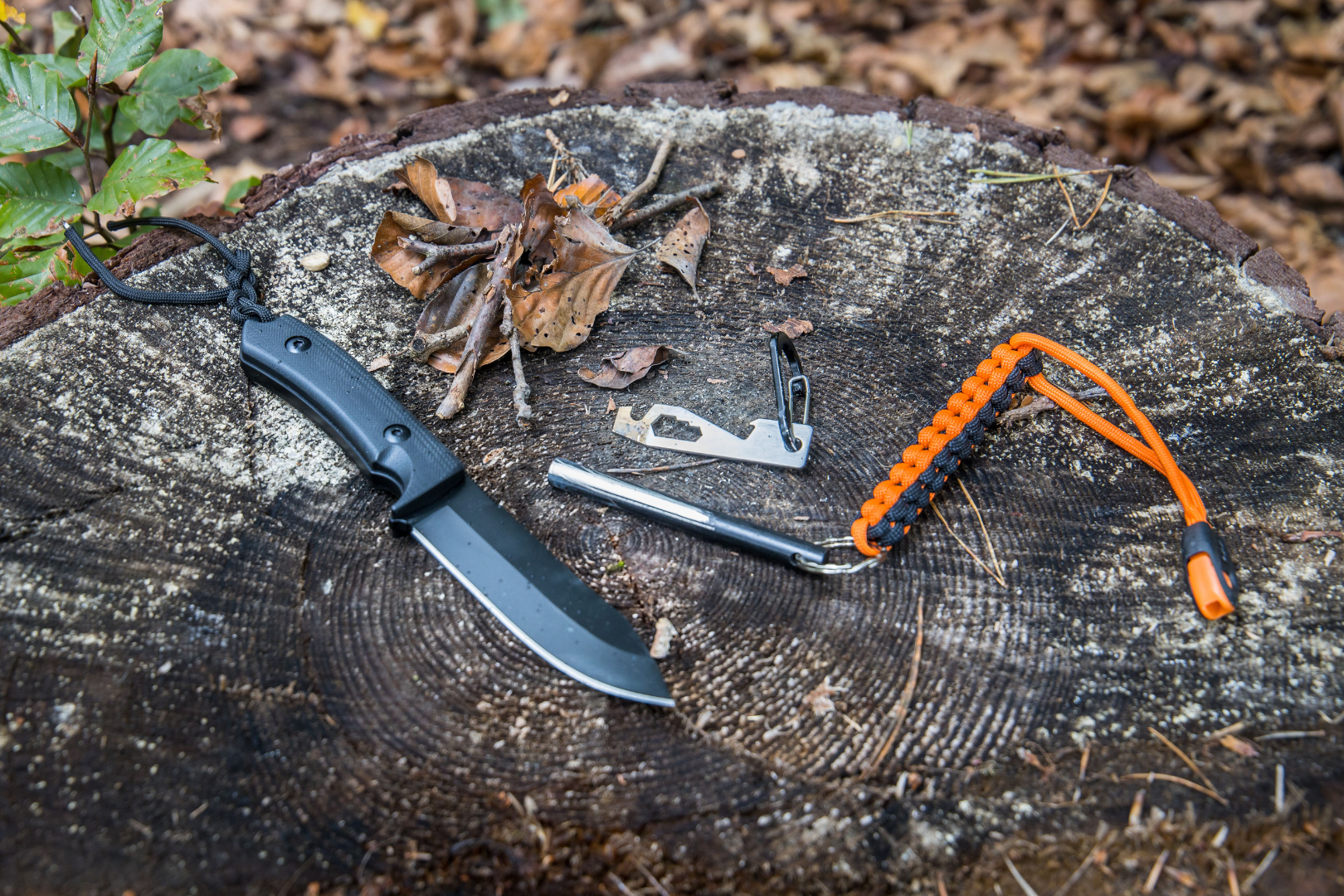
Choosing your tools and gear carefully can mean all the difference between success and failure, and sometimes failure means illness, bodily harm, or worse. Whether you’re practicing bushcraft as a hobby, or hedging your bets against society always working out, the end goal is the same: survive in nature with minimal supplies.
Difference Between Bushcrafting and Prepping
While it may seem that bushcraft is just prepping by another name, there are key differences. Prepping often involves stockpiling vast quantities of dry goods with an eye toward sheltering in or near one’s home for an indefinite time frame.
The nature and type of gear and supplies are totally different, with only a little overlap. Bushcraft trades stable supplies and consistent shelter for mobility and long-term self-sufficiency. After the prepper’s reserves have run out your bushcrafting gear will, with proper maintenance, still be going strong.
Now, that’s not to say you won’t need any consumable supplies, but they will by and large be small, light, and used under specific circumstances.
Why the Right Bushcraft Survival Gear Makes All the Difference
If you’ve ever had the displeasure of using the wrong gear, then you can fully appreciate what a difference having the right gear can make. If you’ve somehow never experienced the joys of a tool head that’s too heavy, a handle that’s the wrong size, or something that’s just this much too small to be serviceable, then you don’t want your first time to be miles away from the nearest store.
Under dire circumstances any tools are better than none, but if you have the luxury of planning ahead it is of course best to do so. Bushcraft survival gear is a mindset as much as it is an assortment of kit. Get your mind wrapped around the goal and get shopping.
The Complete Bushcraft Tools and Gear List
As you prepare for any bushcrafting expedition, it would be wise to make a bushcraft tools list. This will give you a reference point for the bushcraft supplies you need to acquire.
The best bushcraft tools to include in your loadout are below, though this is by no means an exhaustive list. Depending on circumstances you may have more specific needs, but this is a good place to start and a practical bare minimum.
While you don’t need to think like an ultralight backpacker, it is still a good idea to bear in mind the total weight of your kit when adding anything extra.
Bushcraft Weapons
Fixed Blade Knife
A bushcraft knife needs to be large enough to put in serious work, but small enough to handle detail-oriented tasks. A blade between 4 and 7 inches in length is about right, with a minimum thickness of 3 millimeters.
Anything too thin or short won’t hold up under hard use, and anything too large will be getting into tasks better left for a folding saw, hatchet, or axe. Steel choice is up to you, but be sure to understand the limitations of carbon or stainless steels.
Bring a sharpening stone with you too, preferably one that is two-sided.
Folding Saw
For tasks too large for a knife that need more precise cuts than a hatchet or axe can provide, you’ll need a small folding saw. Your bushcraft saw should meet several criteria:
- locking blade
- 8 to 10 inches in blade length
- Replaceable blades
- Synthetic handle or grip
- Carrying system (sheath, carabiner loop, etc.)
Axe or Hatchet
Your bushcraft axe should have a long enough handle and heavy enough head to handle tasks beyond the ability of your folding saw. That said, you don’t want to go too big and weigh yourself down either. A “carpenter axe” with an approximately 20” handle fits the bill nicely. It’s a bit larger and heavier than a standard ~14” hatchet and accommodates a two-handed grip if needed, but is not too large to use one-handed for short periods of time when necessary.
Bushcraft Tools for Shelter/Sleep
Tent/Tarp
The humble tarp can provide shelter with some properly-spaced trees and enough cordage. Pair it with a tent and you’re practically sleeping in luxury. Depending on weather conditions and the presence or absence of various critters, you can get away with only one or the other. Just be sure if you choose to roll with both that weight doesn’t become an issue.
Wool Blanket
Whether you use it as a supplement to your sleeping bag, as a sleeping surface, or just to wrap up while hanging around camp, you’ll need a bushcraft wool blanket. Wool provides warmth even when wet and dries faster than cotton-based fabrics, so it’s an obvious choice as part of your kit. Best of all, you can find something at any price point from high end merino wool to military surplus-grade examples.
Sleeping Bag
Fortunately, continuous innovation in camping gear means you really can’t go wrong with your bushcraft sleeping bag as long as you keep two things in mind.
The first thing is the typical temperature range, both highs and lows, in the area you plan to be long term. The second thing is weight. You can find four-season bags that weigh 5 pounds or less while still being affordable and comfortable for most body types and sizes.
There are extreme backpacking models with weights as low as one pound, but as weight goes down price goes up.
Bushcraft Food & Cooking Supplies
Shelf Stable Food
Bushcraft food will ideally come from nature, mostly, but there are some nutrients you won’t be able to safely work into your diet without extensive foraging knowledge. To fill the gap you’ll need some shelf stable food in freeze dried, dehydrated, or vacuum-sealed form.
Stay away from canned goods, as they are simply too heavy to bring along in any meaningful quantities. You may also consider including vitamins and supplements to be taken as needed.
Small Cooking Pot
A small cooking pot will be sufficient for most of your food prep needs. In terms of size, think of the smallest pot you would be able to use for instant ramen, then go just a bit bigger.
You want it to be made of a material that conducts heat well and isn’t too heavy, but stay away from aluminum. It can warp or gall too easily, so a thinner 18/10 stainless steel will be your best bet.
Fishing Gear
For bushcraft fishing you’ll want many of the same items you might find in a basic tackle box, minus specialized lures, weights, and the rod itself. Survival fishing can be done with gloved hands or a sturdy piece of fallen tree branch, provided it’s not rotten.
Clothing for Bushcraft
The first and last word in bushcraft clothing is layers. The second is probably breathable, and somewhere along the way you’ll always find merino wool.
Anything that goes against your skin should be merino wool. It is also frequently the primary material for scarves, gloves, neck gaiters, and cold weather hats. A waterproof or highly-water resistant coat with a hood is a must. Pants, not shorts, made of a light-weight ripstop type material, and mid-height waterproof boots will have your means of transportation covered.
Bushcraft Water Filtration and Storage
Water Filter
It will be difficult if not impossible to prepare bushcraft food without water. Naturally, you’ll also want to be sure your water is clean. While you can boil water to purify it, you may not always have the fuel or time to do so.
Another thing to keep in mind is that boiling will kill most if not all dangerous microorganisms, but it does not remove any sediment or solids from your water source. A light, compact water filter will do all of the above while not requiring heat to function.
Water Purifying Tablets
Another way to fill your bushcraft pot with clean water is with purifying tablets. Many tablets can treat multiple quarts of water in minutes, and it’s always a good idea to have multiple methods for providing yourself with clean water. As the old saying goes, two is one and one is none.
Water Bottle
Unless you plan to drink straight from your bushcraft pot every time you’re thirsty, you’ll want to bring along a water bottle. It should be made from a sturdy, non-reactive material such as hard plastic or stainless steel, and hold 2-4 cups at a time. Any more and you’ll weigh yourself down, any less and you may find yourself thirsty far from a water source.
Other Bushcraft Tools List
First Aid Kit
Injuries are unpleasant and inconvenient at the best of times, but when medical care is hours or days away they can be downright deadly. A bushcraft first aid kit, like the M-FAK Mini First Aid Kit, is a must.
If you are part of a family or larger group that is bushcrafting together you may have a more complete first aid kit, but every adult should have a personal one as well for emergencies.
Shovel
There are countless uses for a shovel around a campsite, but a full size one just isn’t feasible for mobility’s sake. A bushcraft shovel will have a slightly smaller head than usual and a short handle. Many are folding, but if you go that route be sure the hardware is particularly robust as the hinge will be a failure point. One with a fixed handle may be less compact or heavier, but it may also be replaceable in the event of damage.
Compass
A compass can get as fancy or simple as your skill set and budget allows, but there are a few features it must have:
- Analog
- Folding cover or housing for protection
- Luminescent markings for low light use
The luminescence can come from “glow-in-the-dark” paint that is recharged by shining a flashlight on it or small tritium tubes that permanently glow for years.
Paracord / Rope
Sources online vary widely on how much bushcraft paracord to bring. However, considering it’s less than $10 at Wal-mart for 100 feet of standard 550 paracord that weighs less than a pound and is about the size of a loaf of bread, you might as well go for it.
Bushcraft rope is a little trickier, because while it may have a higher weight capacity it also takes up more space and weighs more on its own. 25 to 50 feet is a more appropriate amount, depending on thickness and intended use.
Multitool
When selecting a bushcraft multitool, it’s best to start by looking at your other gear. How are various items held together? What ongoing maintenance will you need to do to keep moving parts moving and fixed parts fixed? Examine the rest of your equipment and get a multitool that will help the most in daily tasks and maintaining your kit.
Fire Starter
First of all, always carry multiple ways to make fire. Some sources recommend as many as three, and considering how small this item can be we’ll go with that:
- Waterproof matches in a waterproof container
- A lighter in a waterproof and airtight casing, so the fuel can’t evaporate
- Ferrocerium rods and something to strike them with
Ferrocerium, or “ferro” for short, is the essential bushcraft fire starter and can be sparked with a small piece of metal or the spine of a knife. Carbon steel knives throw the best sparks, but with practice most knives with an angular spine can do it.
Flashlight
A bushcraft flashlight should above all be versatile and rechargeable. Multiple brightness settings, a flashing SOS setting, and the ability to focus down to a spot light or “zoom out” to a flood light are all excellent attributes. Pair your light with a solar charger and you’ll be set.
Personal Protection
When planning to spend time in remote areas, it's always a good idea to keep safety and protection in mind from any kind of potential threat. Bulletproof bag inserts like the Fieldcraft Survival Inserts can be a great choice for keeping yourself protected when traversing the backcountry.
So there you have it: a good starting point. This has been by no means an exhaustive list for all situations, but it’s a fine beginning.
In general, don’t cheap out, but don’t spend more than necessary on tools and gear. Also learn how to maintain or repair everything, and if possible purchase spares to learn on.
As you practice bushcraft you may make mistakes here and there, but they don’t have to be showstoppers if you prepare accordingly.

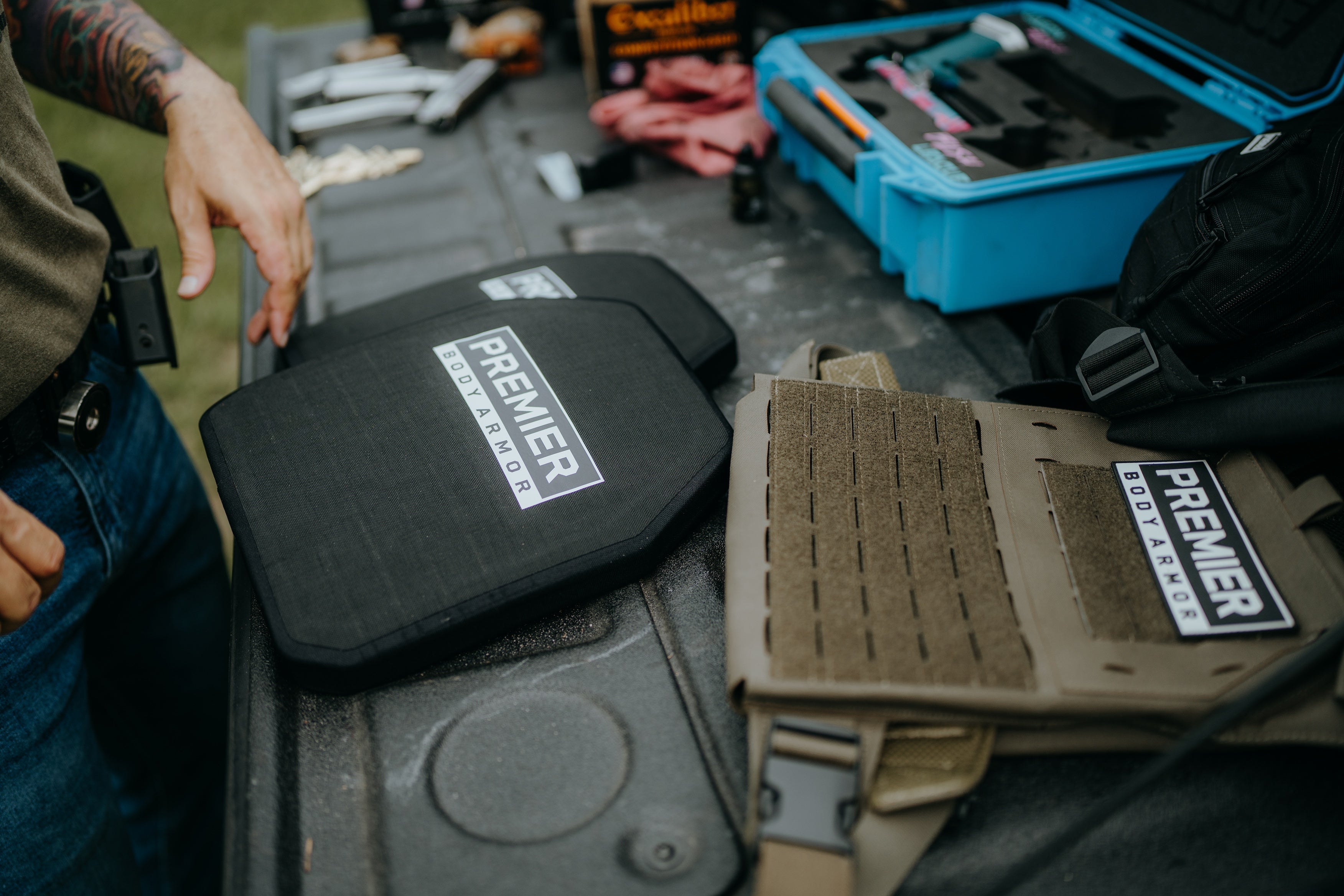
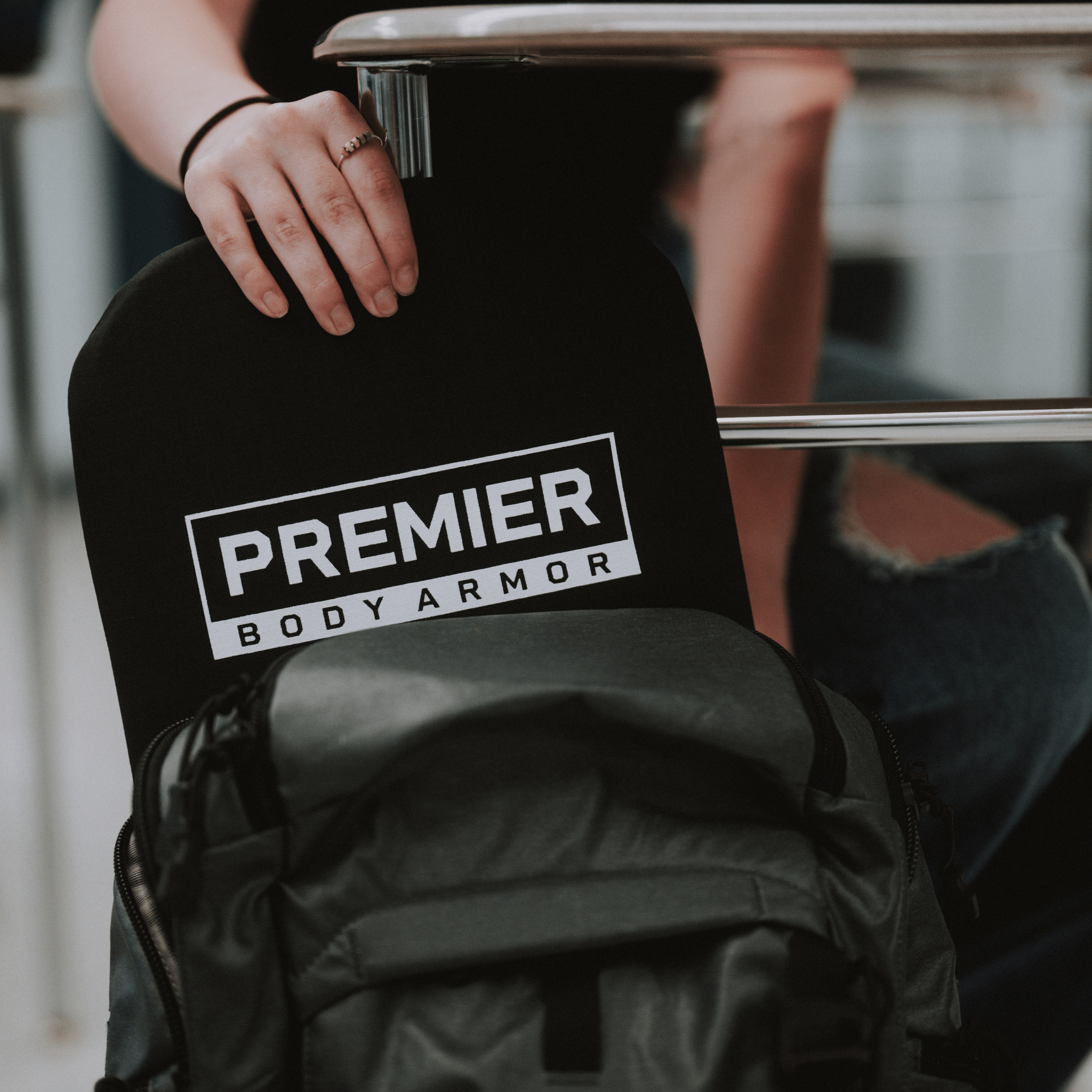
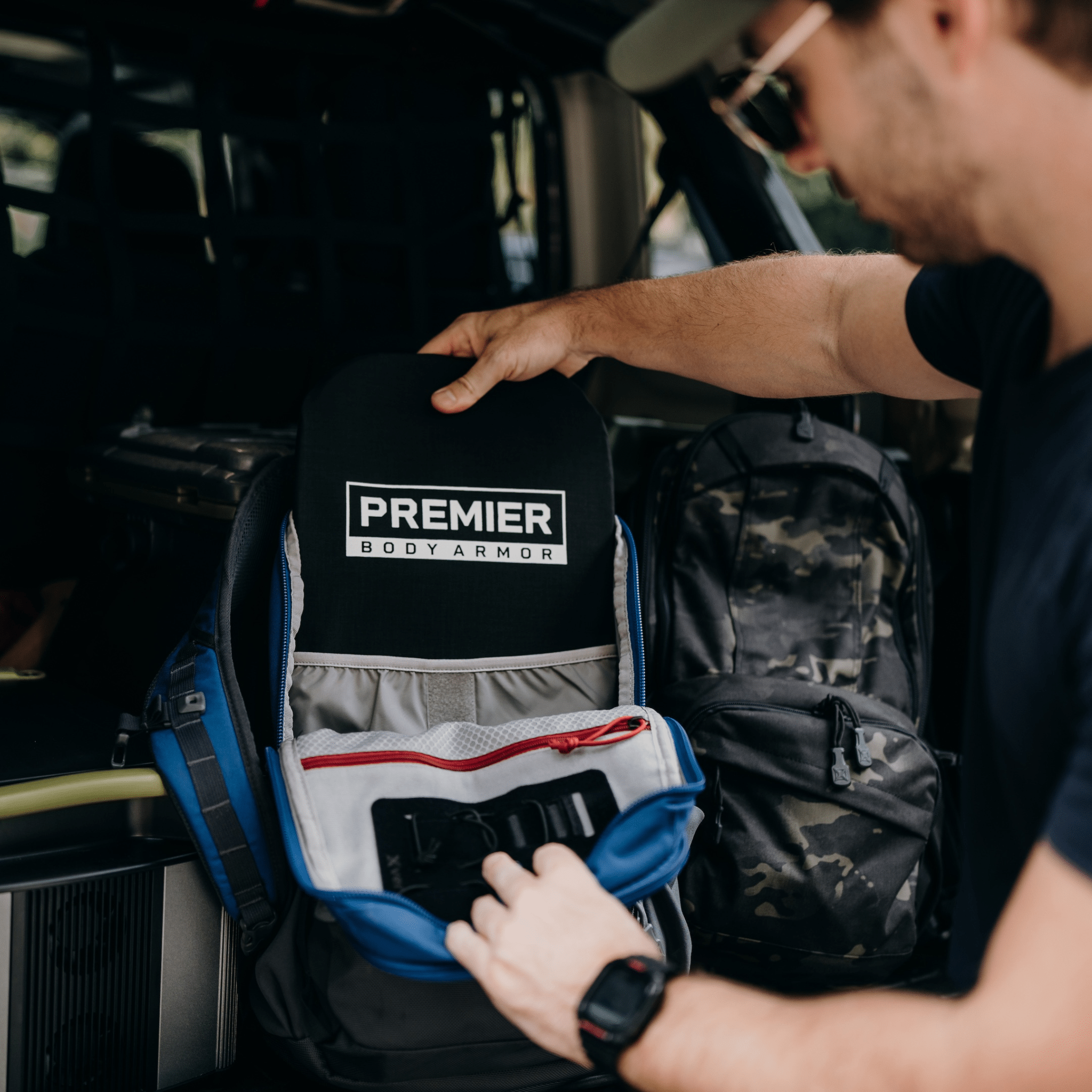
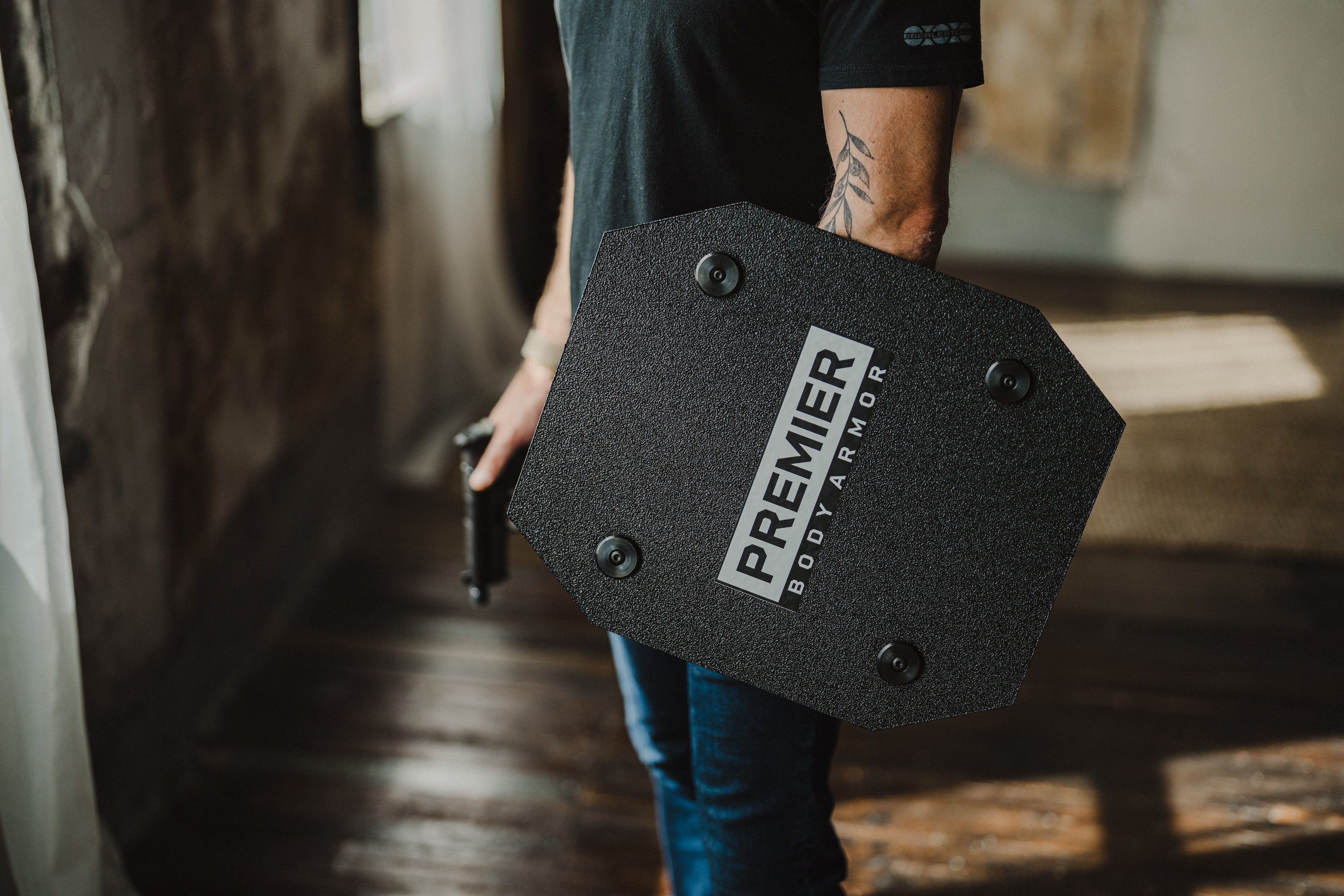





Leave a comment